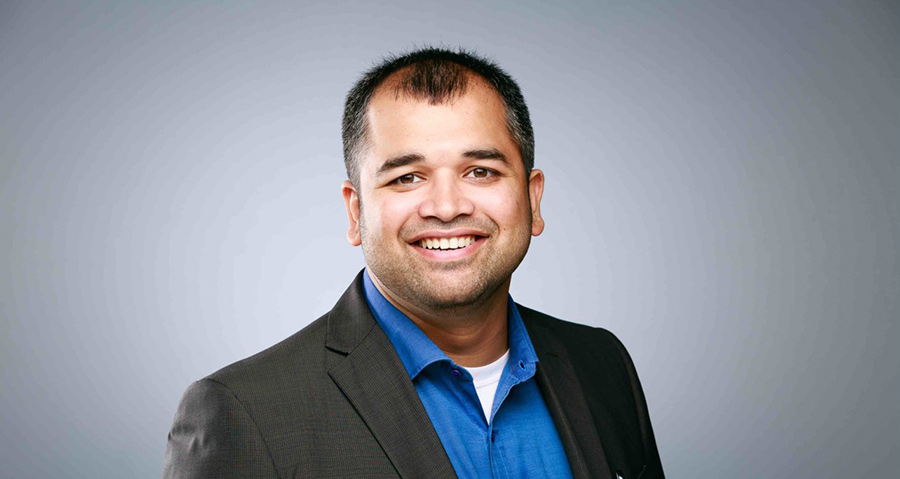
CMU-Q alum reimagines the education landscape
CMU-Q alumnus Shakir Hussain, who graduated from the Class of 2010 with a degree in information systems, discusses how COVID-19 could permanently change education systems around the world.
“Reimagining the education landscape” was originally published on May 26, 2020 by Qatar Foundation
Eleven weeks ago, COVID-19 was officially declared a pandemic by the World Health Organization, and in that time the world has witnessed unprecedented change – from social distancing, to remote working, to online learning. But, in a post virus society, how many of these changes will and should be permanent?
“I strongly believe technology makes higher education a lot more available and accessible, and will continue to do so – in terms of getting it out to the masses and making opportunities available. It is the only way we can move away from the industrial model that we still use.”
The benefits to online learning have already been witnessed, according to Mr. Hussain. “In a number of courses at NU-Q, instructors have explained that their students have been more engaged than in the traditional face to face classrooms,” he says.
“There’s increased student agency that technology provides that is not necessarily available in the face-to-face classroom, because everybody can have a more equal voice – you have multiple modalities of using your voice. In the classroom, it’s raising my hand to talk. But online, I can raise my hand, I can chat, and I can even interact with my peers and my instructors outside of the synchronous live classes.”
Mr. Hussain is a former Carnegie Mellon University in Qatar (CMU-Q) student who, following his time at the Qatar Foundation (QF) partner university, was able to turn a love of learning into a career. The CMU-Q graduate went on to do his masters in Learning, Design, and Technology at Pennsylvania State University, and is now in the final stages of completing his Doctor of Education program at the University of Southern California.
Speaking about his experience as an 18-year-old, Mr. Hussain says, “I am a first generation college student – a first generation high school graduate – and, through CMU-Q, was given opportunities that I would not have had otherwise. I got to take courses with people who wrote the textbooks I was studying; I was able to take classes with just three other students.
“I also became a teaching assistant, and more than three and a half years, I was a TA for 13 courses, which allowed me to support instructors and dive deeper into the teaching and learning process. This is really where my fascination with education and technology began.
“And CMU-Q made this all possible. So, for me, it was life-changing experience that transformed me into a lifelong student.”
Speaking about his decision to stay within Education City, following his graduation in 2010, he says: “I chose NU-Q as I felt like I could make it another home because of its intrinsic values, all within the same value fabric of QF. For example, developing local talent and empowering young people, students like me.”
Mr. Hussain – a self-proclaimed lifelong learner – is able to pursue this passion at NU-Q, where, on a day-to-day basis, he collaborates with faculty to help create better learning experiences for students – both online and offline. And his expertise in technology-based pedagogical tools allow for active learning in the classroom and enhanced engagement between students and instructors.
An advocate for blended learning, Mr. Hussain says: “There are affordances that technology provides in enhancing the learning experience of the students, which requires for some instructional activities transitioning away from the precious face-to-face time that the instructor has with the students.
“For instance, if it’s going to be a lecture for information transfer, probably face to face is not the best modality. So you can transition – whether it’s a lecture that you’re providing or a resource that you want the students to read or watch – and move it outside of the classroom, so students have the ability to watch it whenever they want, wherever they want, and however many times they want. In a traditional lecture, a student cannot pause the instructor for a few minutes to make meaning out of what was said –in an asynchronous environment, they can.”
And as the world continued to battle the effects of COVID-19, Mr. Hussain concludes: “Over the longer term, if we see more online and hybrid programs emerging out of the various institutions in Qatar, I would consider that a huge success and movement in the right direction for the country.”
